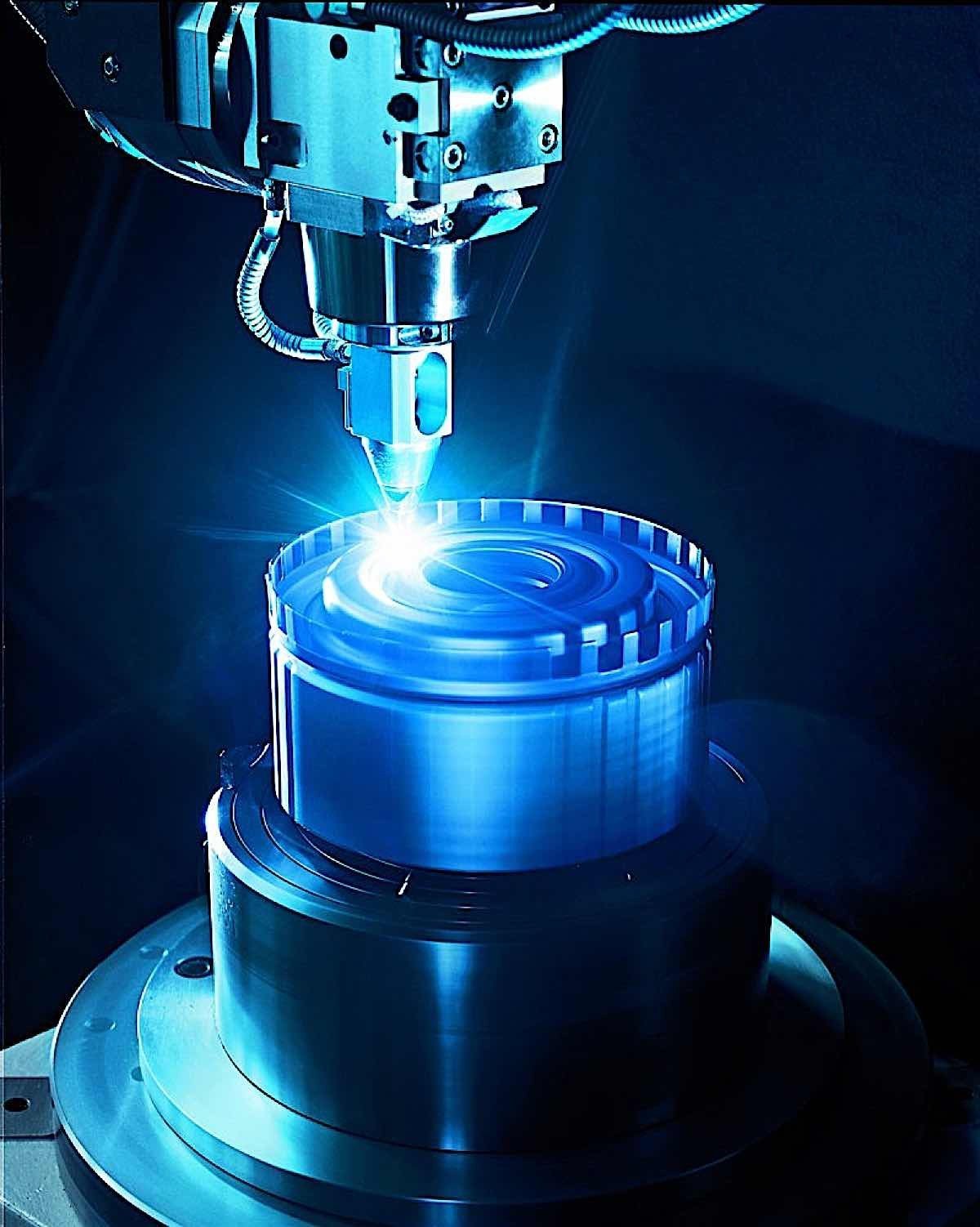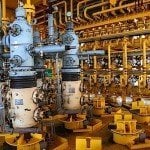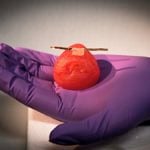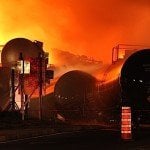The first use of laser cutting dates back to 1967, when a project lead by Dr Peter Houldcroft used oxygen assisted gas with a concentrated CO2 beam. This also led to the emergence of laser welding, with the same basic principles, but with the laser only melting the metal, rather than cutting all the way through. In short, the laser welding process uses a concentrated beam of light on one spot of a chosen material to break bonds between atoms and cause melting. The most common materials that people weld are metal and plastic, and when two materials are welded at their seams, they can fuse into a solid joint.
The laser beam itself is created via the use of optical fibres, from single-fibre machines to multiple-fibre machines. The more fibres used, the stronger the laser. A collimator lens and focusing lens are used to then concentrate the beam to the point where it leaves the machine.

Gas is also used in the welding process to prevent the welded surface from making contact with the atmosphere. A separate nozzle is positioned next to the laser to emit a gas, usually CO2, down onto the target in a process called Cutting Gas. In a normal atmosphere, laser welding without the use of cutting gas can have some pretty bad side effects. Holes can form within the weld due to the levels of nitrogen in the air, leading to weld failures. Humidity in the air can also diffuse hydrogen into the target material, resulting in a weak weld or failing result.
Advantages of using lasers to weld
- High-quality
- Laser welding can concentrate on a very specific target
- No tool wear
- No use of electrodes
- The process can be automated easily
- Effective
Types of lasers used in welding
- Gas lasers
- Solid-state lasers
- Fiber lasers
The main types of weld joints achieved with lasers
- Overlap weld
- Edge flange weld
- Butt weld
- Filler lap weld
Types of laser welding
Heat conduction welding – The metal is heated just above melting point to produce a smooth and aesthetic weld. This is used with a power laser under 500W when high weld strength is not needed.
Keyhole welding – Heats the metal up until the contact surfaces vaporizes. This digging in creates a keyhole. Temperatures rise above 10,000K. A laser with power above 105W/mm2 is needed for this.






























